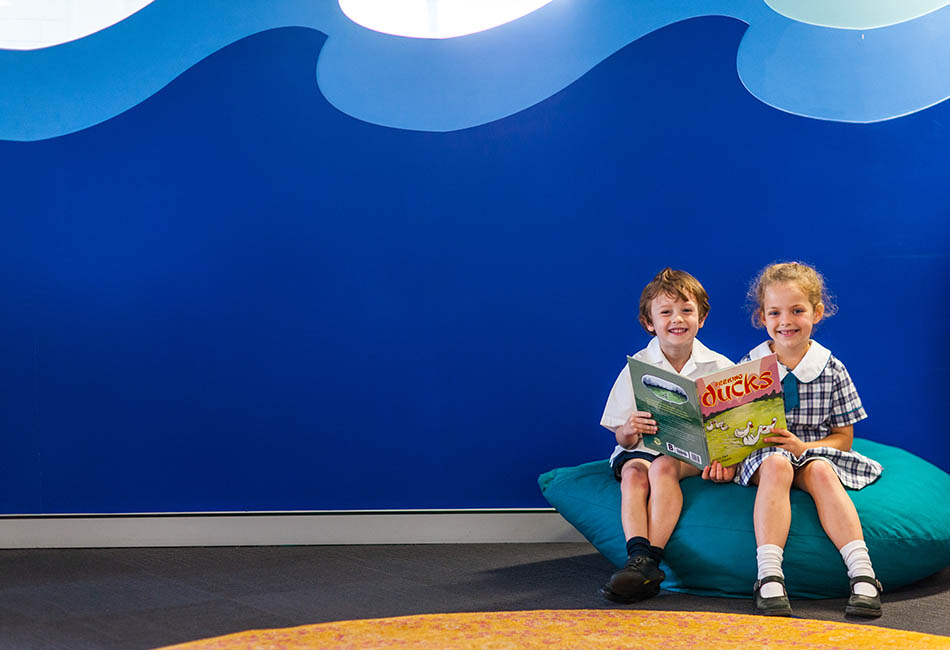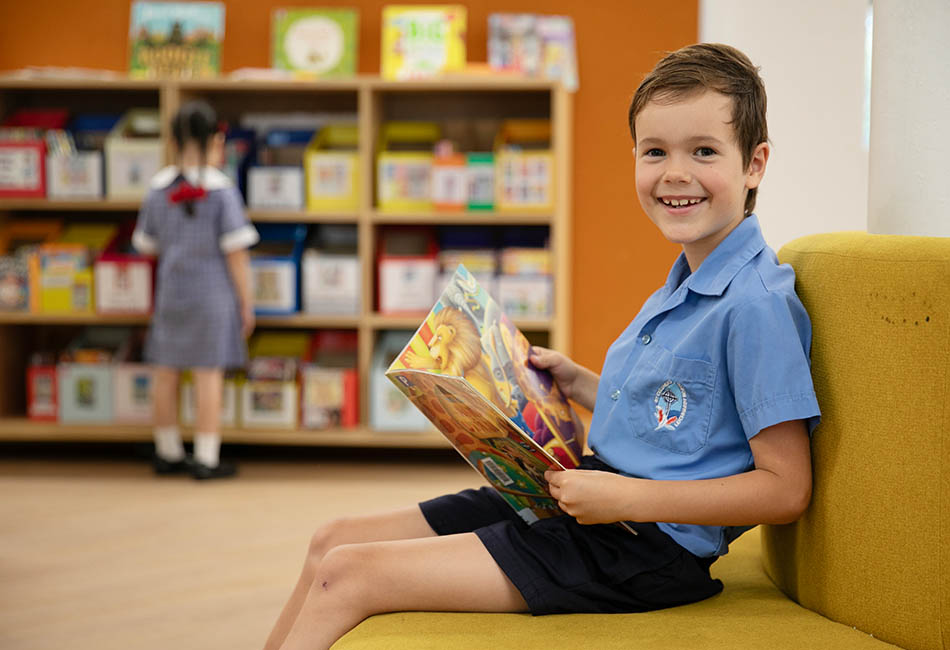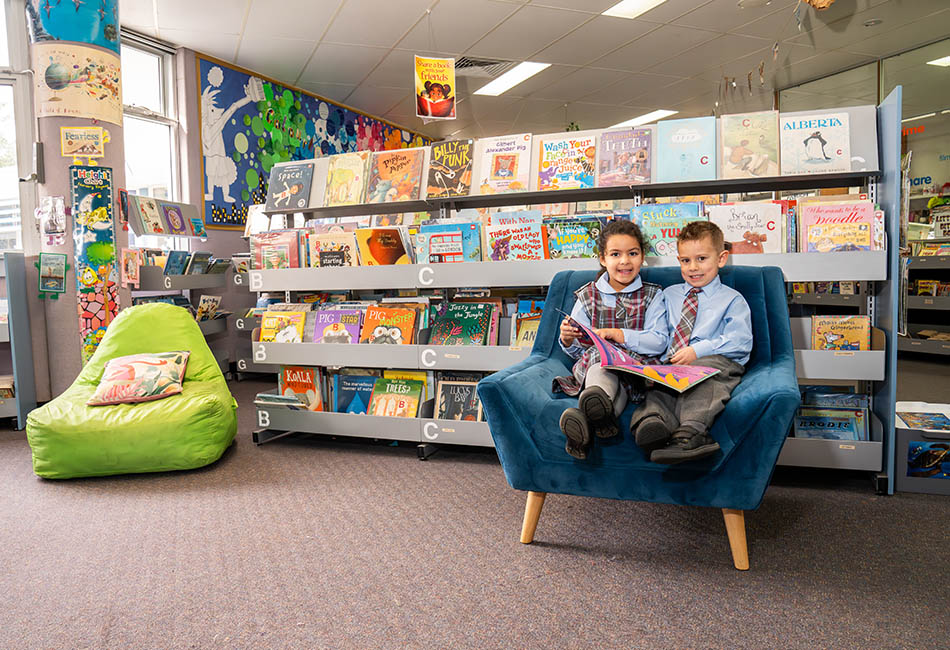Five great ways for every family to create a lifelong love of reading!
As a parent, you might wonder how to foster a love of reading in your children. For Aidan, the answer came naturally on the occasional afternoon when he picked a book from the overflowing shelf and settled on the couch for a bit of post-school calm time with his kids, Ollie and Mia. His animated reading and funny voices transformed their living room into a vibrant world of adventure, filling their home with laughter and wonder.
It began with library picture books on weekends and continued with the kids reading from their own school readers on school afternoons. It has grown into a cherished family habit that strengthens their bond and supports a lifelong passion for reading.
Most importantly, Ollie and Mia are learning that reading is fun and that they, too, can become confident readers.
If you’d like to discover ways to create a fun family reading experience of your own, read on!
Five ways to turn a love of reading into your child’s literacy superpower
1. Become that pirate, bunny, or wicked witch
Unleash your inner actor! Bring stories to life by reading aloud with expression. Read in a mouse voice or become that bearded pirate! Let your child see and feel your enjoyment. Ask thought-provoking questions like, “What do you think this book is about?” or “Why do you think the character did that?” This sparks their imagination whilst building their listening and comprehension skills.
2. Make it a special moment of daily togetherness
Create a special reading time, whether it’s a cosy bedtime story, an afternoon reading session, or a morning ritual over breakfast. It’s a special time spent together that kids look forward to, allowing them to regularly immerse themselves in the magical world of stories and language.
3. Everyone gets to choose and everyone gets to listen
Gather a wide selection of school or library books reflecting everyone’s interests and take turns to share the reading of everyone’s choices. Sometimes we don’t know what we love until we read it for the first time! A diverse selection keeps children’s curiosity alive and opens up new worlds.
4. Be the reader you want them to be
Share your excitement about books and model being a reader by making time for yourself to read books that you enjoy. Kids may not do what you say, but they will mimic what they see you do!
5. Young writers tell the BEST stories
Kids love to make simple books with their own drawings so create opportunities for your child to write their own stories. Help them along with simple prompts such as “Write me a story about what your teddy bear would do if he got a job” or “Make a book about our holiday with words and pictures”.
By weaving these engaging practices into your daily routine, you can kickstart a lifelong love of reading in your child, setting them on a path of continuous learning and discovery.
Literacy and reading – the wonderful school and home connection
A foundation in a love of reading sets children up beautifully for a successful school experience. Regular reading improves vocabulary and comprehension, increases confidence, and creates a strong foundation for academic achievement in all subjects.
Tosca Galluzzo is a K-6 curriculum literacy specialist within Sydney Catholic Schools’ (SCS) Education and Research team.
“There is a strong connection between school and home reading practices,” Ms Galluzzo said.
“Early positive experiences with books foster a lifelong love of reading and learning, while consistency in reading habits across both environments reinforces learning and builds stronger literacy skills.”
When school practices are paired with home efforts, parents, carers, and teachers become partners in their child’s literacy journey.
“Every child brings their own unique ‘funds of knowledge’ to school,” Ms Galluzzo said.
“Teachers build on these foundations, creating a dynamic partnership to enhance each child’s learning.”
An emphasis on excellence in all areas of education – from academic to vocational, sport and the arts – helps Sydney Catholic Schools nurture the potential of all students in their 147-strong network of primary and secondary schools.
Click here to find your nearest Catholic school.









